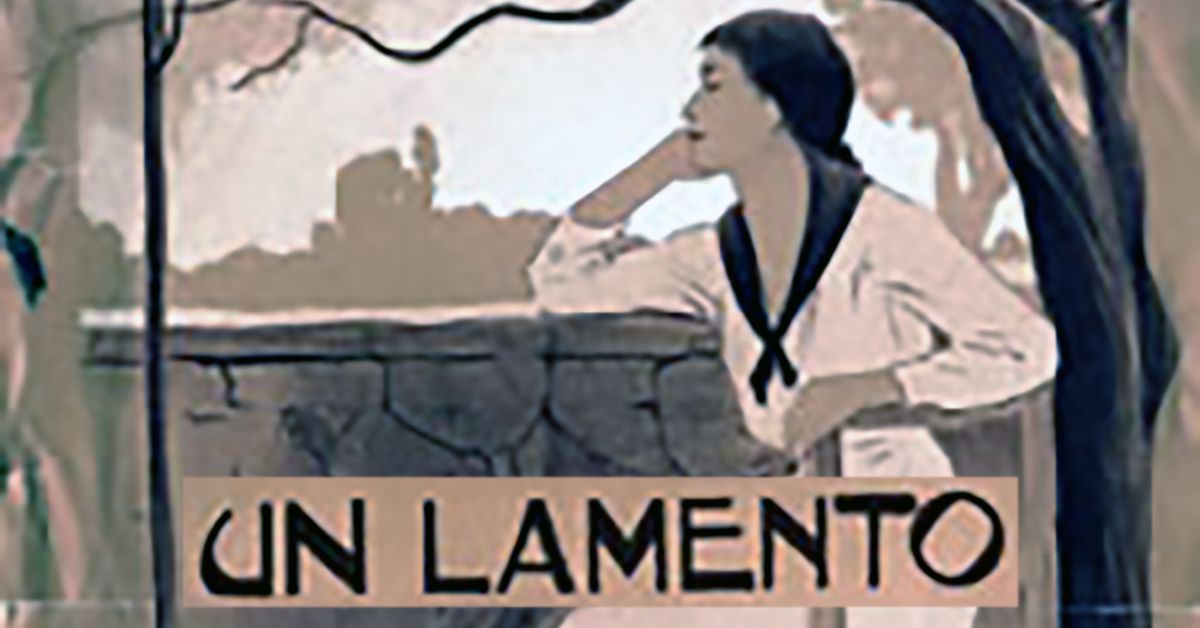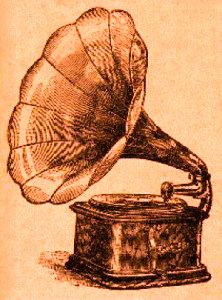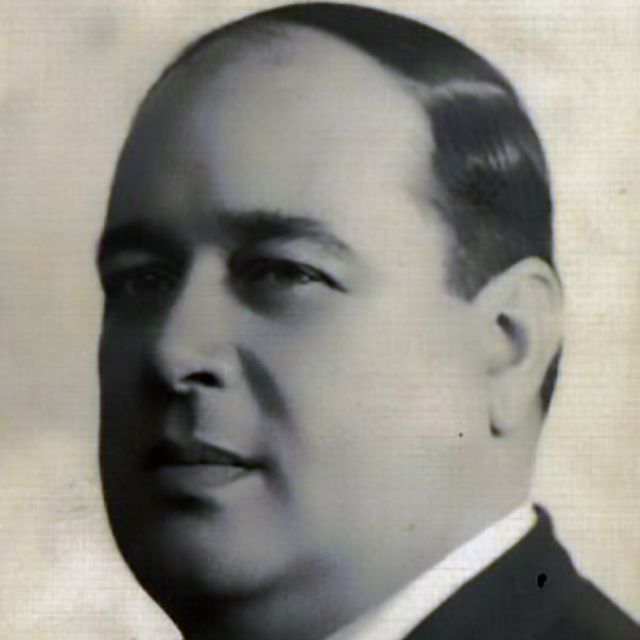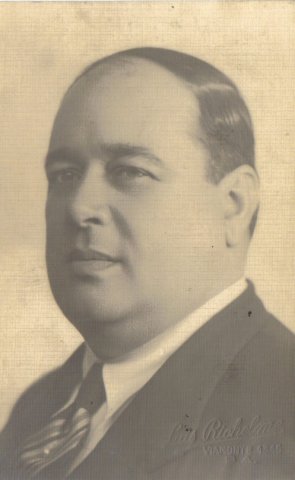“Un lamento” by Carlos Di Sarli y su Orquesta Típica, 1942.
 Graciano De Leone
Graciano De Leone
Bandoneonist, leader, and composer
(July 16, 1890 – June 21, 1945)
Even though he was a “fueye” man, the first bucks he got were playing guitar at the Café de las Mercedes in La Boca when he teamed up with the bandoneon player Antonio Cacace, widely popular by that time.
This took place until he came to know Eduardo Arolas in 1909 one evening that he crossed the city to El Abasto area.
They played in numerous backyard balls, adding a violinist that played by ear and was known as “El Quijudo”. Now as bandoneon instrumentalist, Arolas himself had passed on to him the music of the first number, a waltz, “Las sirenas”, and one by Alfredo Bevilacqua, “Recuerdos de la pampa”.
His beginning with the new instrument was in 1910. Continue reading at www.todotango.com...
Listen and buy:







